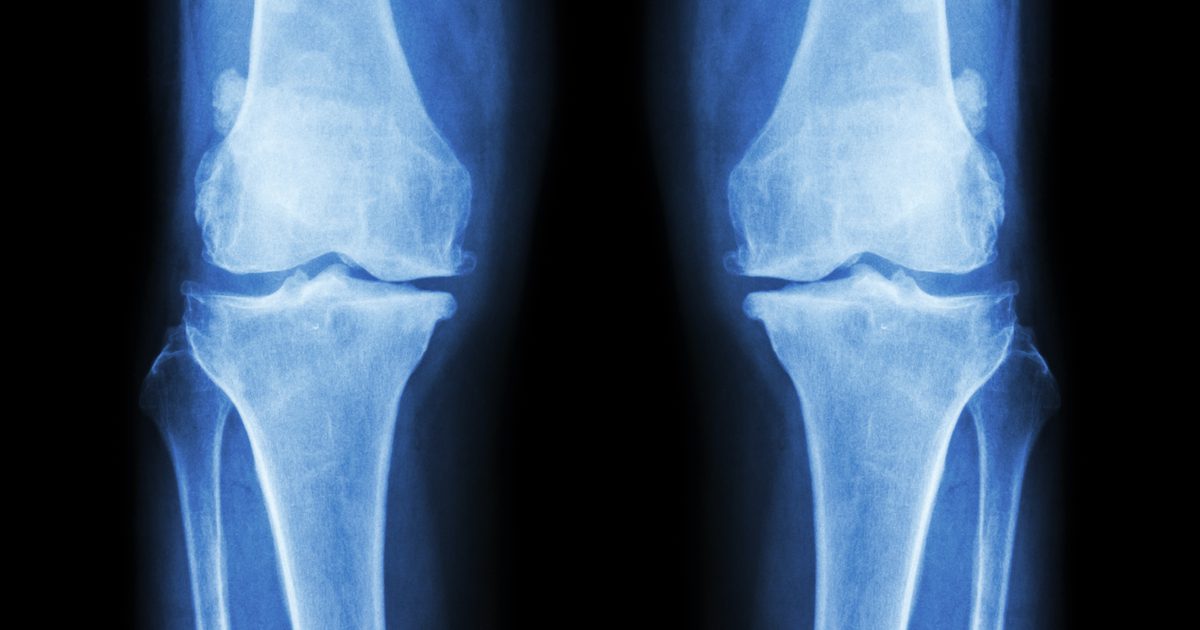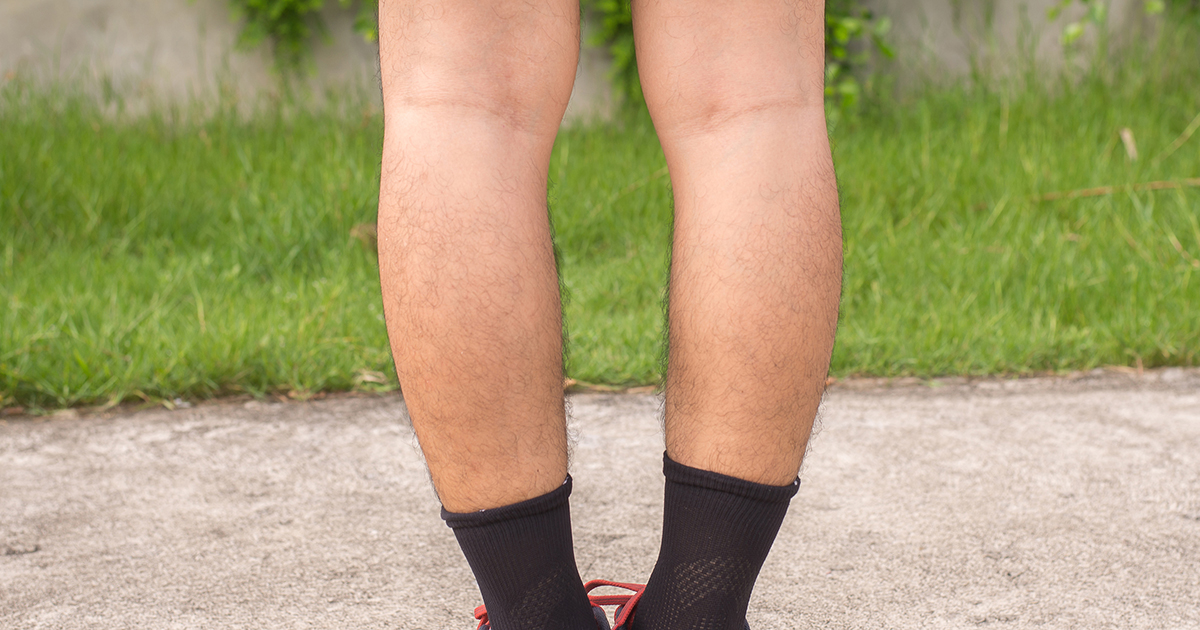Guide To Fibrous Dysplasia Warning Signs
Affected Bones

The condition might affect any bone, though fractures are most commonly seen in the thighbone, shinbone, upper arm bone, pelvis, skull, and ribs. It's important for the condition to be diagnosed and treated to help prevent further deformity and fractures. Abnormal bones begin to form before an individual is born, but there typically aren't symptoms until later in life. It's rare for fibrous dysplasia to occur in individuals beyond young adults.
Leg Bone Curvature

Leg bone curvature is a common symptom when one or more bones in the legs are affected, typically the thighbone and shinbone. An individual's thighs and shins bear the majority of their weight when they walk. If the bones are weakened by fibrous tissue, they can't provide the same support individuals need, which can cause the bones to curve and deform in response to consistent pressure. The deformed bones have an increased likelihood of fracturing. It's important for patients to see a doctor if they observe any changes in the shape of the bones. Other symptoms include a difference in the length of limbs and unusual swelling.
